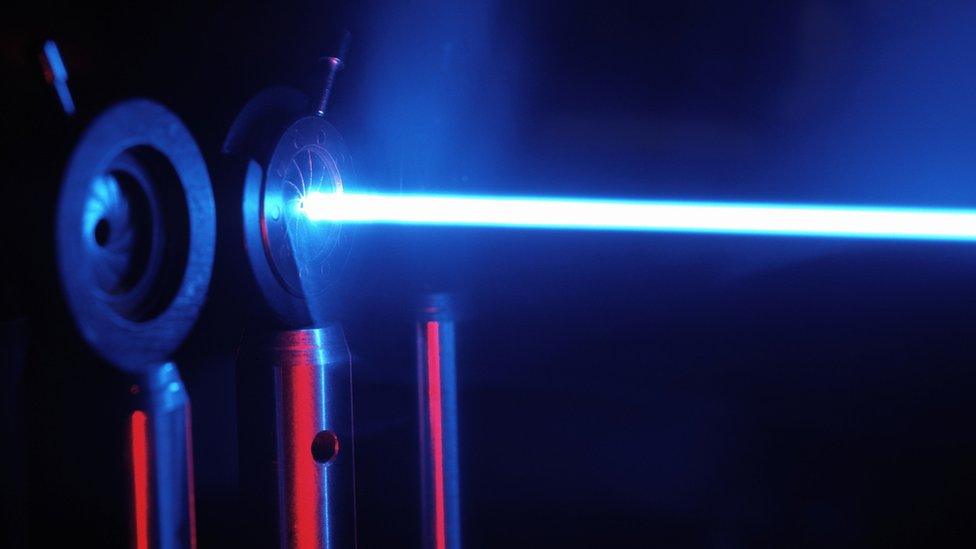Academics in drive to make code from space unbreakable
- Published
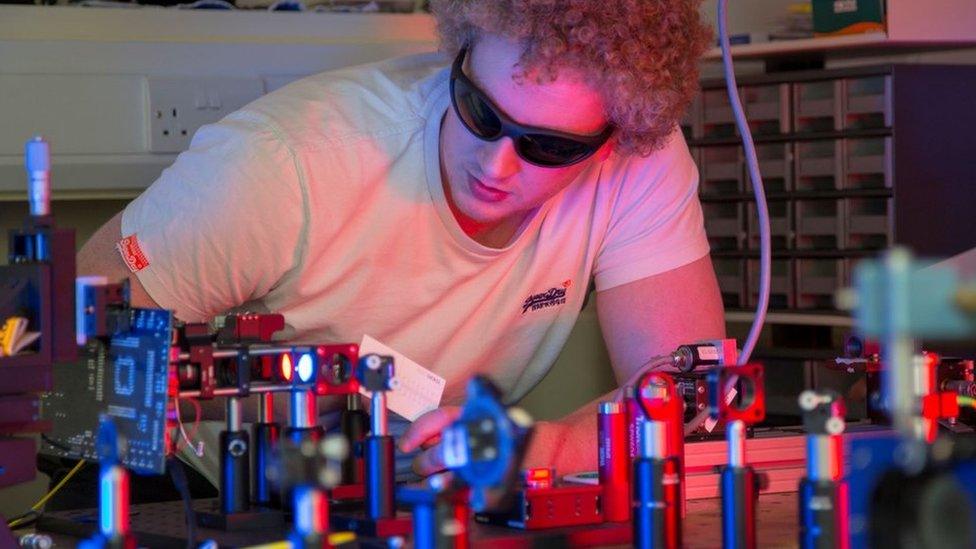
Dr Ross Donaldson hopes to achieve affordable, unhackable data worldwide
A Scottish laboratory has begun work on the UK's first commercial receiver for unbreakably-coded communications from space.
The team at Heriot-Watt University in Edinburgh is aiming to develop a satellite ground station for quantum communications.
It could mean that every home will one day be able to receive messages that cannot be hacked.
The field of quantum communications resembles a branch of cryptography.
This follows as it creates messages in a code that cannot be broken now - or at any time in the future.
At its heart is quantum key distribution: the sender and receiver share a unique key that is known only to them.
It is known as "information-theoretically secure".
In other words, no amount of conventional computing power can break the code. Not now, not ever.
It uses the properties of quantum mechanics, that area of physics whose properties tend to baffle those of us who live only in the Newtonian world.
Schrodinger's cat
It is a realm where something can exist in two states at once - until you have a peek, in which case it becomes one or the other.
It's time to meet Schrodinger's cat.
Erwin Schrodinger originally came up with the idea of the dead-or-alive feline in 1935 to highlight the problems we mere mortals have in grasping the concepts of quantum mechanics.
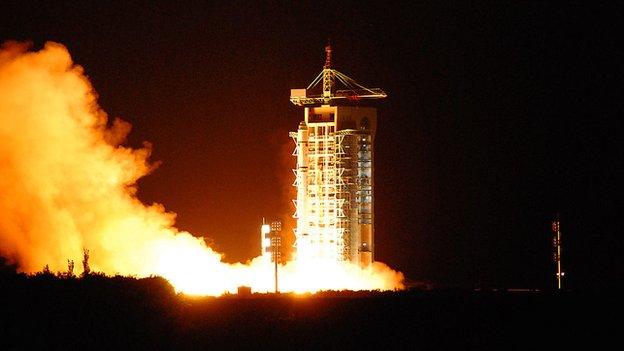
China's quantum satellite was launched from the Gobi Desert
In his laser lab at Heriot-Watt, Dr Ross Donaldson explains: "The cat is inside the box - it's either alive or dead.
"When you open it up, you make a measurement and you see whether it is actually alive or dead."
He says the big idea here is to employ the concept to use photons, the individual packets of energy that make up light, to create a unique key to a coded message which is shared only by the sender and receiver.
Dr Donaldson continues: "So we encode information on the photon, we send information through a channel and Bob has to make a measurement to tell what that encoding is.
"Sometimes they make the wrong measurement, sometimes they make the correct measurement, and Alice and Bob are able to feed back to each other and get a secure quantum key."
Alice and Bob
Hang on a mo - Alice and Bob? Where did they come in? Do they own the cat?
They do, in a way.
"When we talk about quantum communication, we always have two parties. We have just generic Alice and generic Bob," explains Dr Donaldson.
"Alice is the transmitter, Bob is the receiver."
But Alice and Bob will run into problems if they try to send their unbreakably-coded messages too far.
Conventional fibre optic cables cannot send quantum information much more than 100km (62 miles).
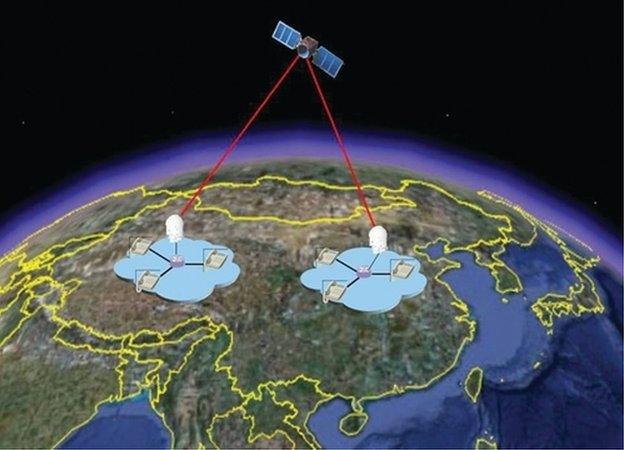
Quantum communications were sent to receiving stations in China and Austria
That's no use if you have a secret message that needs to get halfway around the world.
The solution is to send the photons by laser, first up to a satellite in low Earth orbit then back down here.
This is not pie above the sky. It has already been done.
The Chinese satellite Mozi achieved it in 2017, sending quantum communications to receiving stations in China and Austria.
But current ground stations are big, guzzle energy and require expert staff.
Dr Donaldson and his colleagues want to create a satellite-to-ground receiver that is compact, lightweight and a lot cheaper.
Unhackable data
The work has won him fellowship funding from the Royal Academy of Engineering and a grant from the Engineering and Physical Sciences Research Council (EPSRC).
The tasks ahead involve miniaturising the optical system, investigating new optical technologies and carrying out trials in different weather conditions.
The collaboration includes the EPSRC Quantum Communications Hub, Arqit, BT, ID Quantique, the Scottish Centre of Excellence in Satellite Applications and Edinburgh and Strathclyde universities.
Dr Donaldson says the prize will be affordable, unhackable data worldwide for governments, banks, and the rest of us.
He added: "Back in the day when we had satellite television, you had a satellite station outside your home.
"We can envision something like a box with an astronomy telescope attached to it that could sit in your home, or something slightly larger which could supply quantum secure keys to a network of offices or homes."
For decades we have used satellite dishes to receive TV programmes without having to know anything about the Clarke Belt or geostationary orbits.
Perhaps one day the same will be true of concepts like the qubits and entanglements which drive the world of quantum communication.
Until then, Schrodinger's cat can continue living safely inside its box.
Or not, as the case may be.
- Published10 August 2017
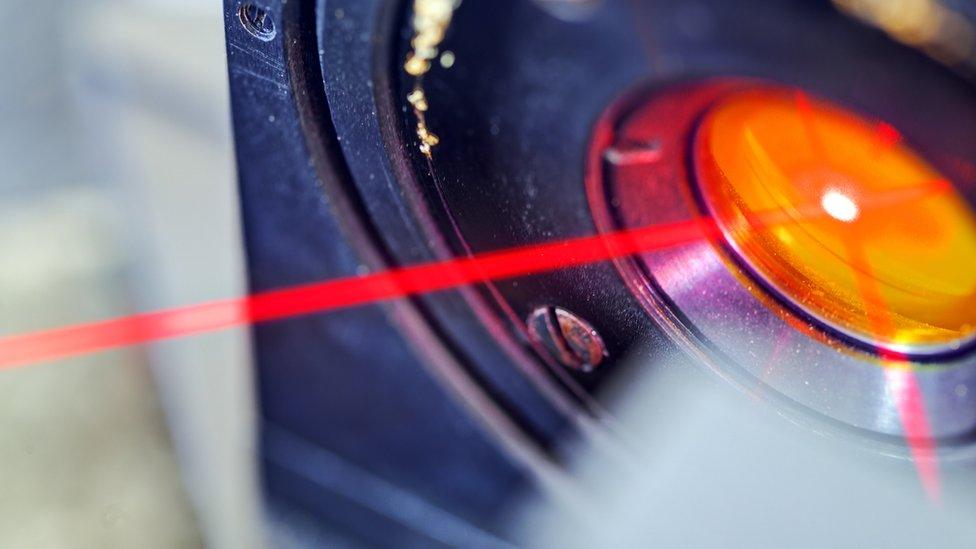
- Published25 July 2017

- Published15 June 2017
